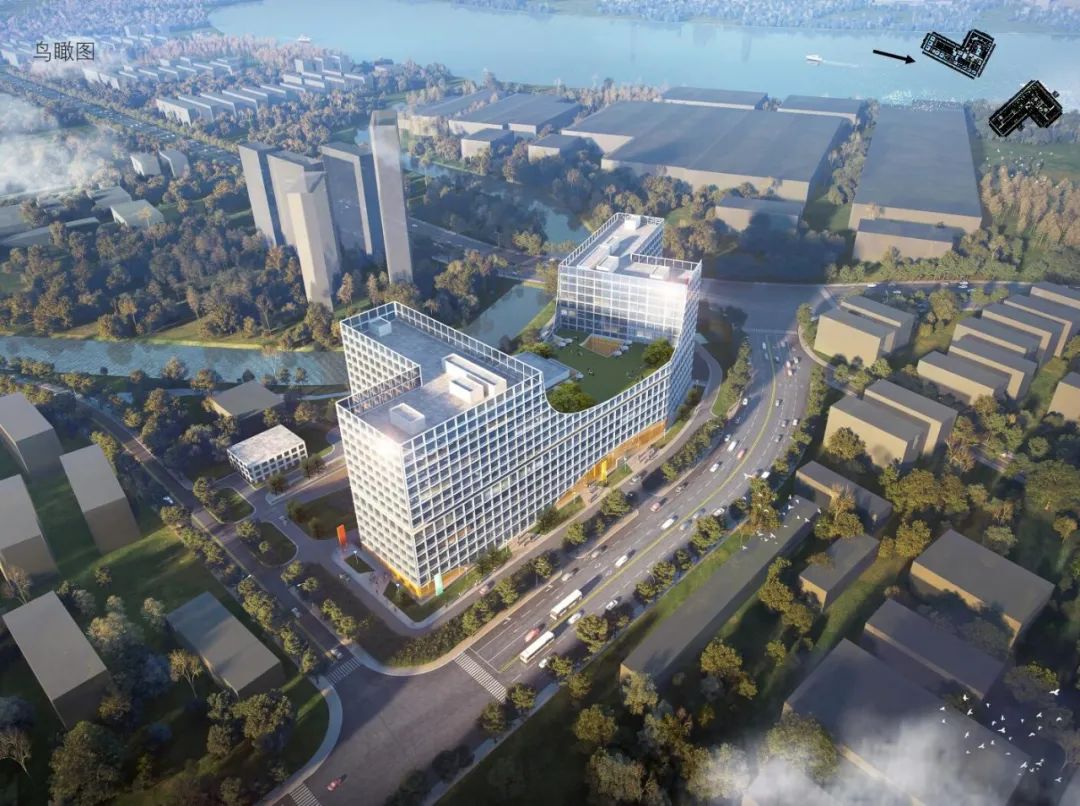At the back of the spiral staircase, a narrow staircase is defined between two two-story wooden bookshelves, creating an unexpected joy. The space is suddenly squeezed to the point where one person can walk, take a small book, sit on the ground, and immerse themselves in the secret corner you discover..
Thank you to Su Architecture Design Firm for sharing Good.
Since ancient times, people’s belief in food has been rooted in the bloodline memory of agricultural civilization. Nowadays, with the development and progress of the times, the granaries that store the sense of security of generations of Chinese people have gradually faded from the historical stage, and they are seeking new changes together with the land under their feet and the countryside they protect..
The granary and rural areas together constitute the design background of the 1953 Juxing Grain Station and Shanghai Sanlian Bookstore in Hefei. Respecting the cultural heritage and historical traditions of the land in terms of architectural form, meeting the usage scenarios of future bookstores in terms of functionality, and completing the spatial transformation from storing material food to storing spiritual food. For architects, it is not only another challenge facing new and old propositions, but also a reflection and examination of the “temporal” and “regional” aspects in rural construction..
The project is located in Mingchuan Township, Feixi County, Hefei City, just an hour’s drive from the city center. After getting off the highway, the scenery outside the car window gradually changes from a steel jungle to a dense forest ditch, and finally reaches the newly renovated granary building deep in the mountains and forests. Winding up along the ditch, the red brick buildings nestled in the mountains and forests gradually became clear..
As the first building at the entrance of the park, without complicated design techniques and techniques, the architect hopes to listen to the unique confession of this building. It is detached from the grand narrative and carries the family background of this land and countryside. Being honest and humble, instead of proclaiming one’s existence like a landmark, it is better to continue the warm daily cultural memory in a low-key manner like the sleeping rice in a granary..
The original granary had a high base, and the vertical spatial hierarchy of the building was reflected in the height difference of the site. The grassy slope to the west of the base, the water area in front, and the mountains and forests behind form a harmonious overall atmosphere of the field. Buildings, water bodies, dense forests, and mountains blend seamlessly into the field. The steps and accessible ramps connect the road to the bookstore base, allowing visitors to easily climb up and enter the bookstore. The pedestal around the building forms a shared square, and the red brick paving of the indoor entrance space continues the public nature of the outdoor square, further dissolving the boundary between human and nature..
Based on respect for the site’s history and village landscape, the intervention in architectural form in the design is carefully restrained within the structural dimensions. The original granary wall was built in 1953 as a brick wood mixed structure, and the main brick masonry structure has been powdered. In order to preserve most of the walls, the new steel frame structure was used to support the main load, and the reinforced original red bricks were detached to form the skin, wrapping the new structure like a container. The new and old concertos explain the temporality, and the form and material, as important carriers of rural context and collective memory, are reinterpreted in the new spatial order..
In addition, some of the walls on the south side were demolished for safety reasons and replaced with a glass facade supported by wooden structures, which undoubtedly represents a direct intervention. But when we place the cultural tradition anchored in the region and the drama detached from the venue.



